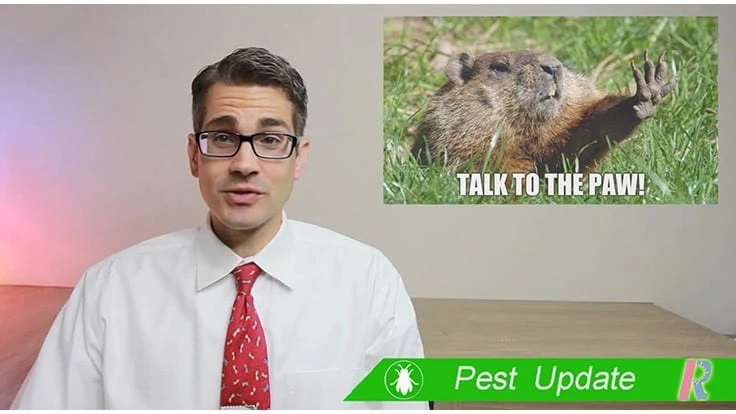
WEST LAFAYETTE, Ind. – A fitting launch to the 86th annual Purdue Pest Management Conference, held this week in West Lafayette, Ind., was a 2021 review of pest control issues provided by Mark VanderWerp, manager of education and training at Rose Pest Solutions, Troy, Mich. VanderWerp focused on three areas: medical, technology and pest.
Medical Update. VanderWerp said we finally have a convincing reason why Lyme disease is more prevalent in northern states than in the South, despite the fact that the vector, the black-legged tick, can be found in any suitable habitat east of the Rocky Mountains. VanderWerp cited research in a new PLOS Biology paper which cited lizards as a possible factor. In the Northeast, black-legged ticks latch onto small mammals like the white-footed mouse, which are notorious for transmitting the Lyme disease bacteria to the bugs. But in the South, the ticks prefer to feed on lizards, particularly skinks. These sleek, smooth-scaled reptiles often live in leaves and twigs that have fallen on the ground — so-called leaf litter — and are particularly poor transmitters of the Lyme pathogens. So, fewer southern ticks are infected and fewer people get sick, the research team reported.
Technology Update. VanderWerp said during the past year, PMPs were impacted by technology that was not available as much as they were by newly introduced products. The culprit is supply chain interruptions that are impacting so many segments of our economy. “My distributor recently sent over a list of all the products that were on back order, and it was a pretty long list. I mean, manufacturers just can't get everything they need, and sometimes it's something stupid, like bottle caps.” One new resource VanderWerp recommended was the PCT Field Guide for Structure-Infesting Cockroaches by Stoy Hedges. VanderWerp said professionals should not be intimidated by the 306-page(digest-sized) book. “It is designed so that each cockroach sections stand alone. So, if you want a quick refresher on oriental cockroaches or German cockroaches, you'd flip to that section,” he said. “There's a key there. If you don't know how to identify them, you read up on the roach and you go out and you are an amazing hero at your account. And life goes on until you run into another cockroach problem you can't solve, and then you whip out the book again.”
Pest Update. VanderWerp noted that a new invasive pest on PMPs’ radars this year is the box tree moth, Cydalima perspectalis. According to the USDA, this invasive pest that was imported on nursery plants shipped from Ontario, Canada. As VanderWerp noted, “This caterpillar eats boxwood plants, which are those bushes that can be pruned until they look like they were grown in a test tube.” Although the box tree moth is not a structural pest, PMPs should be on the lookout for it, especially in the yards of customers who have boxwood plants, he added.
Latest from Pest Control Technology
- Finding Qualified Workers, Low-Ball Competitors Top PCO Concerns for 2025
- Rose Pest Solutions Announces Leadership Title Changes
- Truly Nolen Announces Three Promotions
- All Seasons Pest Control (Texas) Acquired by Barefoot Mosquito & Pest Control
- Insects Limited Announces Leadership Changes, Promotions for Continued Growth
- Rockwell Labs Adds Gill as Mid-Atlantic Region Technical Sales Representative
- OvoControl Now Registered Internationally for Use in the UAE
- Cindy Jones Becomes First Woman President of CPCO of Georgia





